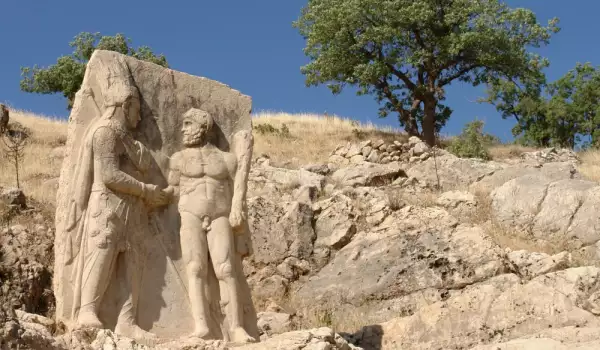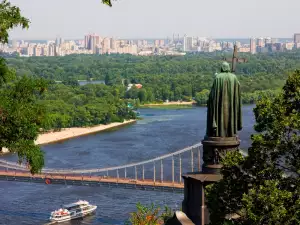Nemrut Dagi

Nemrut Dagi is one of the historical values of Turkey. This is actually a mountain peak, which rises to 2150 m altitude. Nemrut Mountain is located in the remote southeastern part of the country near the city of Adiyaman, located in Eastern Anatolia. The region is situated in the village Karadut.
Generally the top of Mount Nemrut is an ancient tomb with many statues around the royal tombs. The most pleasant time to visit this historical site is in the early fall or late spring. You can easily get to Nemrut Dagi, if you land at the airport of Adamiyan and then by bus or car you can reach the mountain.
Adiyaman and its environs were administered by the kings of the dynasty Komagena 80 BC to 72. This Kingdom, whose capital was Samosata, now Sam was founded by Mithridates I, the father of Antiochus I. The kingdom lost its independence after being defeated by the Roman legions and then became part of the Roman province of Syria.
The impressive ruins on the top today are a legacy as they are a place of burial of the royal family that ruled in Komagane. In a cult inscription, Antiochus, who ruled between 69 and 36 BC, declared that he had built the place for centuries and the coming generation was the gratitude of the gods and his ancestors.
In 1989, Nemrut Dagi and its environs were declared a national park and the 1987 historical monument is included in the list of World Heritage by UNESCO. The burial mound on top has a height of 50 meters and a diameter of 150 meters. It is built of stone, is the size of a fist and is connected to the east, west and north by terraced courts carved in natural rock.

The eastern courtyard is the center of the sacred place Nemrut Dagi and is the most important group of sculptural and architectural elements. West Nemrut Dagi is surrounded by colossal statues, seated on thrones.
Each are sculpted from 5-ton stone blocks and are an average of between 8 and 10 m. In the east there is a fire altar in the shape of a stepped pyramid, and north and south by low walls of upright stone slabs.







